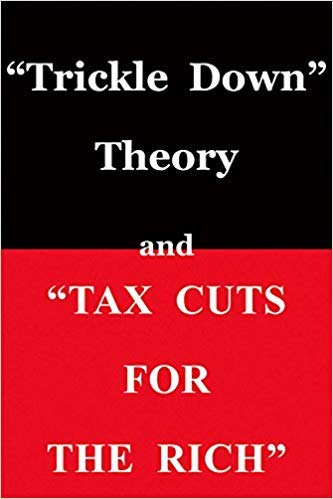A Brief “Bonus” Book Summary from Books At a Glance
By Benjamin Montoya
About the Author
Thomas Sowell is the Rose and Milton Friedman Senior Fellow on Public Policy at the Hoover Institution, Stanford University.
Summary of Essay
There is an idea in politics known as trickle-down theory that results from tax cuts for the richest of the population. What happens with this idea in politics—as with many ideas, for that matter—is that people refer to it it both positively and negatively, often without any empirical evidence to back this argument. If we take a look at the evidence to test this idea, really a hypothesis, we can see if it has been true.
Sowell sums up the historical facts as follows: “The facts are plain: There were 206 people who reported annual taxable incomes of one million dollars or more in 1916. But, as the tax rates rose, that number fell drastically, to just 21 people by 1921. Then, after a series of tax rate cuts during the 1920s, the number of individuals reporting taxable incomes of a million dollars or more. . .
[To continue reading this summary, please see below....]The remainder of this article is premium content. Become a member to continue reading.
Already have an account? Sign In
Buy the books

“Trickle Down Theory” and “Tax Cuts for the Rich”